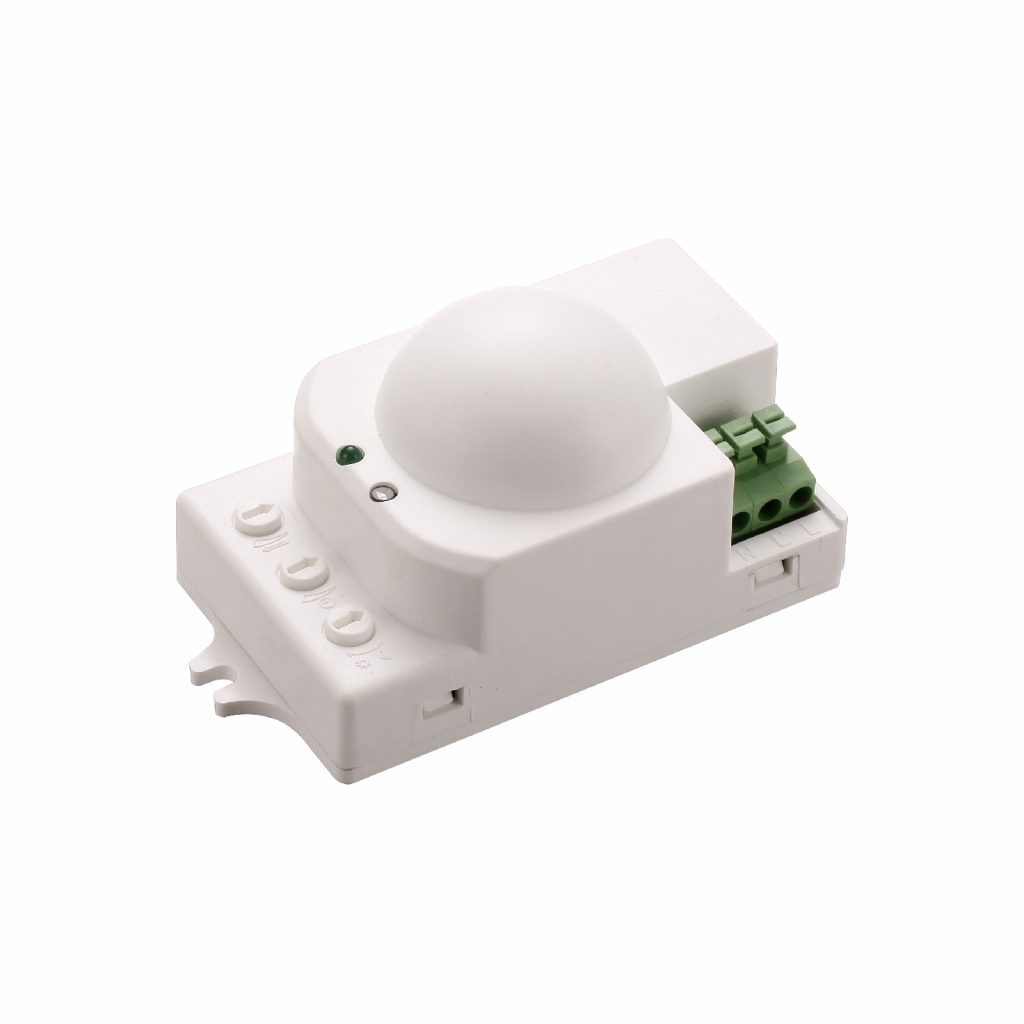Are Microwave Sensors Better Than PIR?
Table of Contents
ToggleThe difference between PIR and microwave sensors is that the former is more accurate. While a PIR sensor may report movement when the temperature rises or a person walks by, a microwave sensor will report movement more precisely.
You can set the threshold at which motion detection is triggered by the sensor and whether it is triggered by a human, animal or temperature change. A microwave sensor can also detect animals and windy conditions.
The main difference between PIR and microwave sensors lies in their range. Microwave sensors work in the same way, but they are far more sensitive. They detect movement in rooms and spaces that are not symmetrical or even rectangular.
They are also better suited for large spaces and rooms with objects in them. And because they don’t rely on heat signatures, microwave sensors are more sensitive than PIRs. For home security, microwave sensors are better than PIR for some applications.
Aside from the price difference, there are some other major differences between the two types of motion sensors. Microwave sensors are more sensitive than PIR sensors and have a better coverage range.
If you want to know whether microwave sensors are better than PIR, continue reading this article.
The Difference between Microwave Sensors and PIR Sensors
One of the main differences between PIR and microwave sensors is how they detect heat. PIR sensors measure the temperature of the room and activate lamps when the temperature changes. They turn off the lights when the temperature returns to normal. A major benefit of PIR sensors is their low energy consumption. These sensors are best used for exterior and indoor applications.
Microwave sensors work by sending a continuous microwave signal into the surrounding area and measuring the time it takes for the signal to bounce back. If movement occurs, this signal is disrupted, and the light switches on. However, this type of sensor is less dependent on a line of sight than PIR sensors.
Microwave sensors and PIR are different types of motion detectors. While PIR technology can detect movement through a line of sight, microwave sensors can be placed inside a fitting or on a surface. However, both types of sensors are sensitive to movement and can trip a luminaire quickly.
In addition, they are more stable than PIR technology and can operate in low temperatures. You may want to purchase one of each type if you need to monitor the movement of people in your office.
Another difference between PIR sensors and microwave sensors is how they detect motion. PIR sensors work by measuring the difference between two temperatures. They work in the same environment and are a cheaper alternative than microwave sensors. Microwave sensors can detect movement through walls and are therefore more sensitive, but they can be oversensitive and not work as well in warm areas.
Are Microwave Sensors Better Than PIR?
Both PIR and microwave sensors can detect movement. The main difference between the two is that microwave sensors are more sensitive and can detect movement through thin walls. They also have a lower cost to purchase and run, but they tend to be less reliable and more expensive to maintain. Microwave sensors are also more prone to triggering false alarms. They also require continuous power to function. They must be recharged every day.
The main disadvantage of PIR sensors is their poor detection range. The sensors work best in line of sight and may not detect human movement when a person walks across an infrared beam. They also need to be installed in an enclosed space to work. On the other hand, microwave sensors do not suffer from the ambient temperature. This means that they can detect people and other objects in warm spaces. Nevertheless, it is recommended to use microwave sensors if the ambient temperature is high since they are more accurate.
Microwave sensors are able to detect movement by using Doppler radar. This technology is similar to radar speed guns. Instead of using light, microwave sensors emit continuous waves of microwave radiation. When the waves interact, they create a disturbance in the wave, which changes the echo time. This disrupted wave triggers the connected systems. Microwave sensors provide accurate detection for all temperatures and improve the safety of occupants.
Microwave sensors have several advantages over PIR sensors. For example, they can detect motion even in areas with metalloid barriers, which PIR sensors cannot. For this reason, they are ideal for applications where they need to be placed in hallways and stairwells. The other biggest advantage of using microwave sensors is that they can be placed behind glass or other covers. This makes them easy to install and look neater than separate sensors. However, it is important to remember that PIR sensors are not effective behind a cover.
Tel: +86-577-88671000
E-mail: ceo@tosun.com
Skype: tosunelectric
Wechat: +86-139 6881 9286
WhatsApp: +86-139 0587 7291
Address: Room No.1001 Wenzhou Fortune Center,Station Road, Wenzhou, China
REQUEST A QUOTE
WhatsApp us
 : +86-139 0587 7291
: +86-139 0587 7291 English
English Español
Español Русский
Русский Français
Français العربية
العربية Português do Brasil
Português do Brasil Українська
Українська Türkçe
Türkçe Polski
Polski Nederlands
Nederlands Italiano
Italiano Bahasa Indonesia
Bahasa Indonesia हिन्दी
हिन्दी اردو
اردو አማርኛ
አማርኛ Հայերեն
Հայերեն ไทย
ไทย Монгол
Монгол فارسی
فارسی Shqip
Shqip Ελληνικά
Ελληνικά



